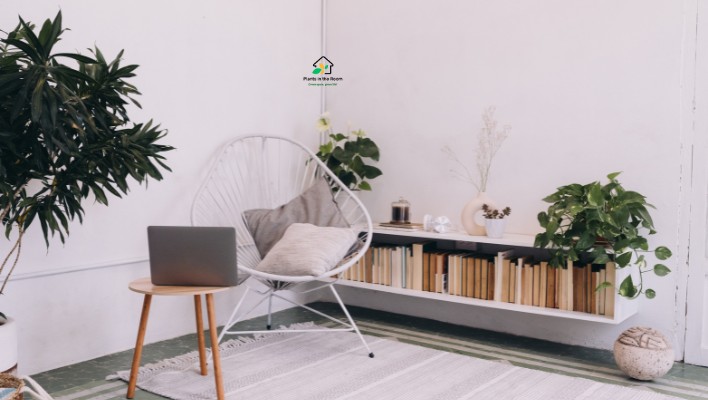This article covers the following areas –
- Why Indoor Plants Are Essential for Your Study Room
- Choosing the Right Plants for Your Study Room
- The Best Indoor Plants for Your Study Room
- How to Arrange Plants in Your Study Room
- Caring for Your Study Room Plants
- In Conclusion
I’ve always been a fan of bringing nature indoors, especially when it comes to my study room. The space where I work, learn, and create is essential for my well-being. That’s why I decided to green up my study room with indoor plants, and it’s been a game-changer.
In this article, I’ll share my experience and guide you through the process of adding a touch of nature to your study room. So, let’s dive in and start greening up our spaces together!
To green up your study room, add suitable plants based on light requirements, space, and maintenance needs. Place your Snake plants, pothos, ZZ plants, spider plants, and peace lilies to ensure the best use of your vertical space, windows, desks, & bookshelves.
Now, let’s explore the benefits of the above-mentioned plants, how to choose and arrange them, and how to care for them properly.
Why Indoor Plants Are Essential for Your Study Room
Adding indoor plants to my study room has done wonders for me. Not only do they look lovely, but they also offer numerous benefits. Here’s a more in-depth look at why you should consider incorporating plants into your study space.
1. Improved Air Quality
Indoor plants are known to purify the air by removing toxins and releasing oxygen. They absorb pollutants like formaldehyde, benzene, and trichloroethylene through their leaves and roots. Cleaner air helps reduce headaches, fatigue, and eye irritation, which is especially important when you’re spending long hours in your study room.
2. Reduced Stress and Increased Productivity
Studies have shown that being around plants can help lower stress levels and boost productivity. The presence of greenery creates a more relaxed atmosphere, which in turn helps us focus better and work more efficiently. A study by the University of Exeter found that employees were 15% more productive when their workspace included plants.
3. Enhanced Creativity and Mood
Being surrounded by nature can help stimulate your creative juices and improve your mood. Plants have a calming effect and can make a space feel more inviting and comfortable. A study by Texas A&M University revealed that individuals working in environments with plants demonstrated more innovative thinking and generated more ideas compared to those in plant-free spaces.
Choosing the Right Plants for Your Study Room
Now that you know the benefits of having plants in your study room, it’s time to select the ones that will work best for you. Here are some factors to consider when choosing the perfect indoor plants:
Light Requirements
The amount of natural light your study room receives is crucial in determining which plants will thrive. Assess the light conditions throughout the day and select plants accordingly. For example, low-light plants like snake plants or pothos are ideal for spaces with limited sunlight, while sun-loving plants like succulents require more direct light.
Space Limitations
Consider the size of your study room and the available space for plants. Some plants, like the fiddle-leaf fig, can grow quite large and may not be suitable for smaller rooms. On the other hand, smaller plants, such as the ZZ plant or a collection of air plants, can fit nicely on shelves or desks without taking up too much room.
Maintenance Needs
Your lifestyle and schedule will determine how much time you can devote to plant care. Choose plants with maintenance requirements that match your routine. Low-maintenance options include spider plants and snake plants, which can tolerate irregular watering and less-than-ideal light conditions.
More demanding plants, such as orchids or ferns, may require more attention and care, including regular misting and specific temperature and humidity requirements.
The Best Indoor Plants for Your Study Room
To help you get started, I’ve compiled a list of some of my favorite indoor plants that work well in study rooms, along with a brief description of their care requirements:
#1 Snake Plant (Sansevieria)
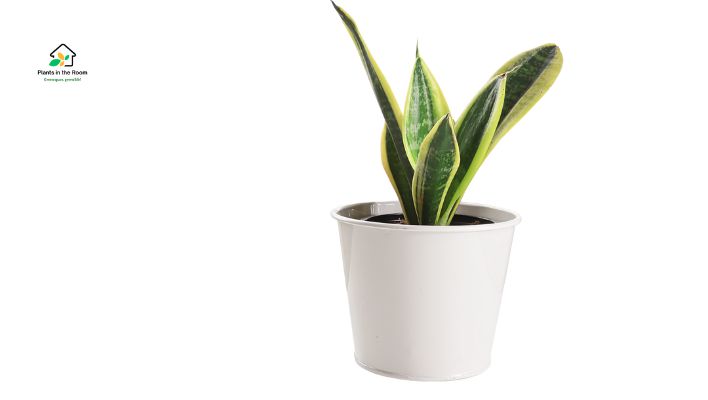
Snake Plant is a great choice for those who want a low-maintenance plant that can tolerate low-light environments. This hardy plant has striking upright leaves that can grow several feet tall.
These plants prefer well-draining soil and should be watered every 2-3 weeks, allowing the soil to dry out between waterings.
Snake Plants are also known for their air-purifying qualities, making them a popular choice for indoor spaces.
#2 Pothos (Epipremnum aureum)
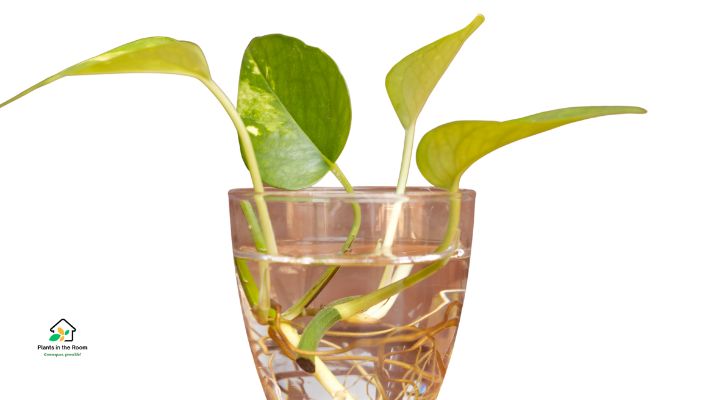
Pothos is another excellent choice for low-light spaces. This fast-growing vine can be hung or placed on shelves, adding a touch of greenery to your room. Pothos prefer well-draining soil and should be watered when the top inch of soil is dry.
They can tolerate low light but will grow faster and produce more vibrant foliage in medium to bright indirect light.
#3 ZZ Plant (Zamioculcas zamiifolia)

The ZZ plant is a resilient, low-maintenance option. It can tolerate low light and minimal watering, making it ideal for busy individuals. Plant your ZZ plant in well-draining soil and water it only when the soil is completely dry. Be careful not to overwater, as this can lead to root rot.
#4 Spider Plant (Chlorophytum comosum)
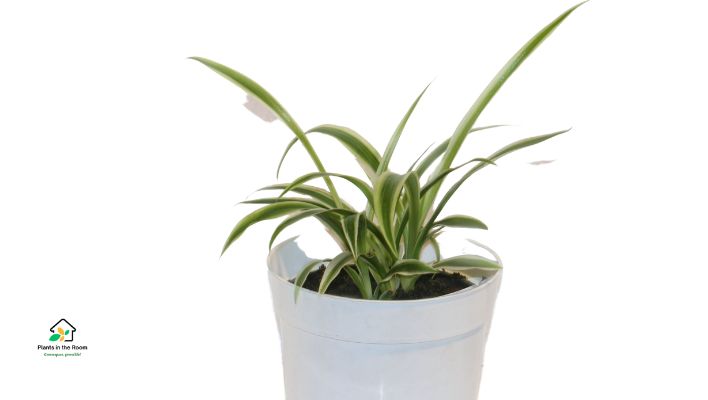
Spider plants are easy to care for and can adapt to various light conditions. They’re also known for their air-purifying capabilities, making them a great addition to your study room.
Keep your spider plant in well-draining soil and water it when the top inch of soil feels dry. These plants can tolerate low light but prefer bright, indirect light for optimal growth.
#5 Peace Lily (Spathiphyllum)
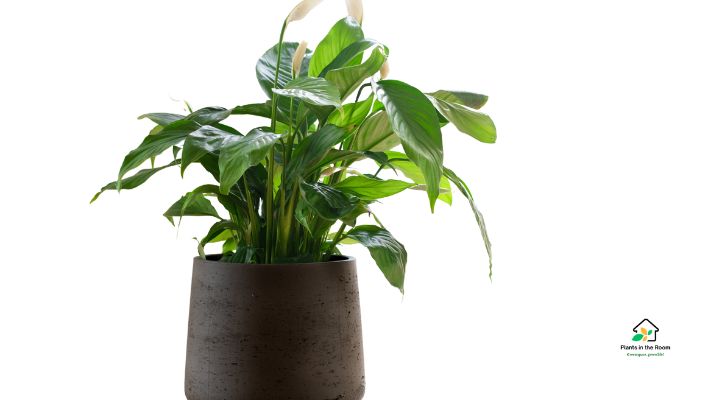
Peace lilies are both beautiful and practical. They thrive in low to medium light and can help purify the air in your study room. Peace lilies prefer consistently moist soil, so water them when the top of the soil feels slightly dry.
They also appreciate higher humidity, so consider placing a humidifier nearby or misting the leaves occasionally.
How to Arrange Plants in Your Study Room

Now that you’ve selected your plants, it’s time to arrange them in your study room. Here are some tips on how to create an inviting and functional space:
Utilize Vertical Space
If your study room is small, make use of vertical space. Install shelves or use plant stands to display your plants without sacrificing floor space. Hanging planters or wall-mounted plant holders are other great options for adding greenery without taking up valuable room.
Place Plants Near Windows
To ensure your plants receive adequate light, place them near windows or other sources of natural light. Just remember to consider each plant’s specific light requirements and avoid placing sun-sensitive plants in direct sunlight, as this may cause scorching.
Create a Focal Point
Use plants to create a focal point in your study room. This can be achieved by clustering plants of varying heights and textures or by using a statement plant like a fiddle-leaf fig or a large monstera. A well-designed plant corner can instantly elevate the aesthetics of your study space.
Incorporate Plants Into Your Workspace
Adding plants to your desk or workstation can help reduce stress and improve productivity. Opt for small plants like succulents or air plants, which require minimal space and care. If you’re worried about spilling water on your desk, consider using self-watering planters or pots with saucers to catch excess water.
Mix and Match
Don’t be afraid to mix and match different types of plants to create visual interest. Combine trailing plants like pothos with upright plants like snake plants for a dynamic and engaging display. Play with different pot styles, materials, and colors to add an extra layer of personality to your study room.
Caring for Your Study Room Plants
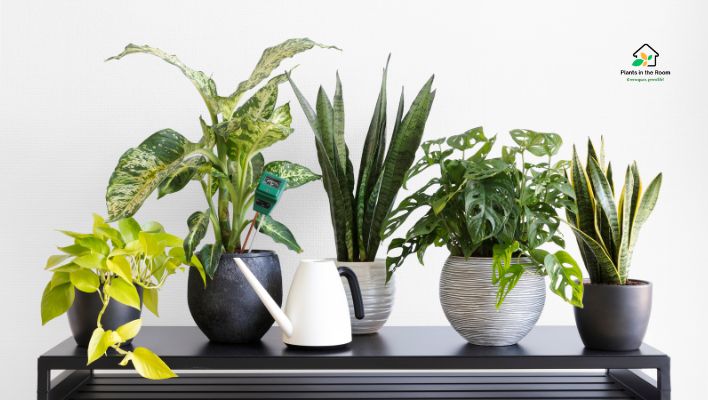
To truly enjoy the benefits of your indoor garden, it’s crucial to provide proper care for your leafy friends. In this section, I’ll guide you through the essential care tips for maintaining healthy and thriving indoor plants.
With the right knowledge and attention, you can ensure that your indoor plants continue to brighten up your study room and contribute to a healthier, more enjoyable environment.
Optimal Lighting for Your Indoor Plants
To keep your indoor plants thriving, it’s vital to provide them with the proper amount of light. Make sure they have access to sufficient sunlight, and rotate them regularly to ensure even growth and avoid legginess.
If your study room doesn’t receive enough natural light, think about using grow lights as a supplementary source to meet your plants’ lighting requirements. By maintaining optimal lighting conditions, you’ll help your plants flourish and continue to enhance your study room environment.
Nourishing Your Indoor Plants with Fertilizer
To support healthy growth, it’s important to nourish your indoor plants with a balanced, water-soluble fertilizer every few months. This ensures they receive the essential nutrients required to thrive. Always adhere to the recommended dosage on the fertilizer package, as over-fertilizing can be detrimental to your plants.
By supplying the right amount of nutrients, you’ll help your plants flourish and maintain their vitality in your study room.
Keeping Your Plants Neat and Tidy
To promote new growth and maintain the health and appearance of your indoor plants, it’s essential to routinely prune and clean them. Remove dead leaves and spent blooms to encourage fresh growth. Gently wipe down leaves with a damp cloth to eliminate dust and support optimal photosynthesis.
For bigger plants, periodic pruning can help maintain their shape and stimulate bushier growth. By staying on top of pruning and cleaning, you’ll ensure your plants continue to look their best and contribute to a pleasant study room atmosphere.
Protecting Your Indoor Plants from Pests
To maintain the health of your indoor plants, it’s crucial to stay vigilant against pests such as spider mites, aphids, and mealybugs. Tackle any infestations immediately using insecticidal soap or other suitable treatments.
Conduct regular inspections of your plants for signs of pest activity and separate affected plants to prevent the spread of pests within your study room. By actively protecting your plants from unwanted intruders, you’ll ensure their continued health and vitality in your indoor space.
In Conclusion
Greening up your study room with indoor plants can significantly improve your well-being, productivity, and creativity. By carefully selecting the right plants, arranging them thoughtfully, and providing proper care, you’ll create a vibrant and inspiring space where you’ll love to work and learn.
So, go ahead and embrace the power of nature in your study room – you won’t regret it!

